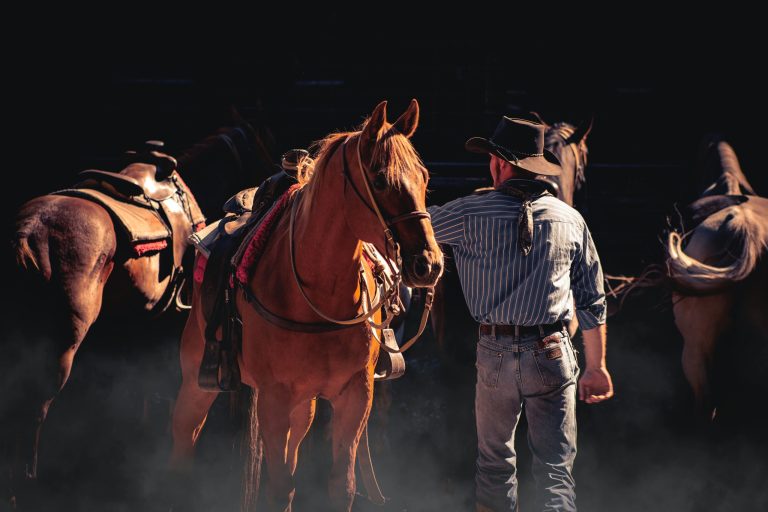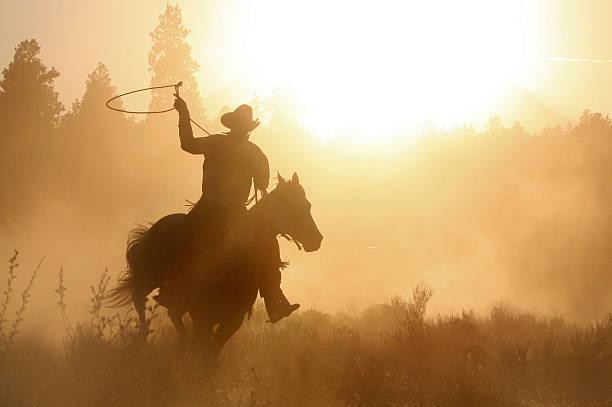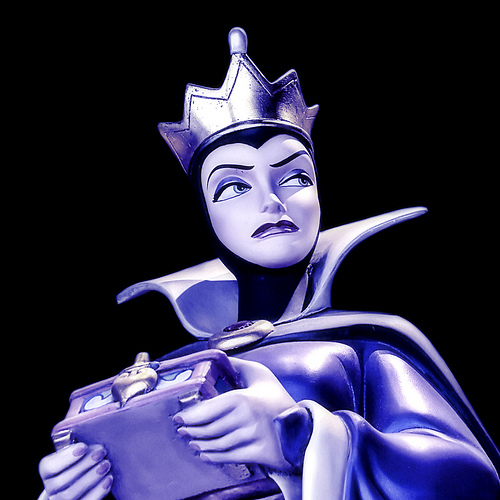Creating Conflicted Antagonist Characters
In the novels we write, protagonists often steal the spotlight, but secondary characters—particularly antagonists—can add depth, conflict, and intrigue to…

In the novels we write, protagonists often steal the spotlight, but secondary characters—particularly antagonists—can add depth, conflict, and intrigue to…

Today’s guest post is by Sarah Tinsley. “Complexity is an indispensable ingredient of life, and so it ought to be…

Last week we took a brief look at secondary characters who play a supporting role in your novel—who help bring…

Last week I dove into bad guys in your fiction. Before you say you don’t have a clear antagonist in…

Subscribe to my email blasts to level up your writing and be notified of upcoming events and offers!
No products in the cart.